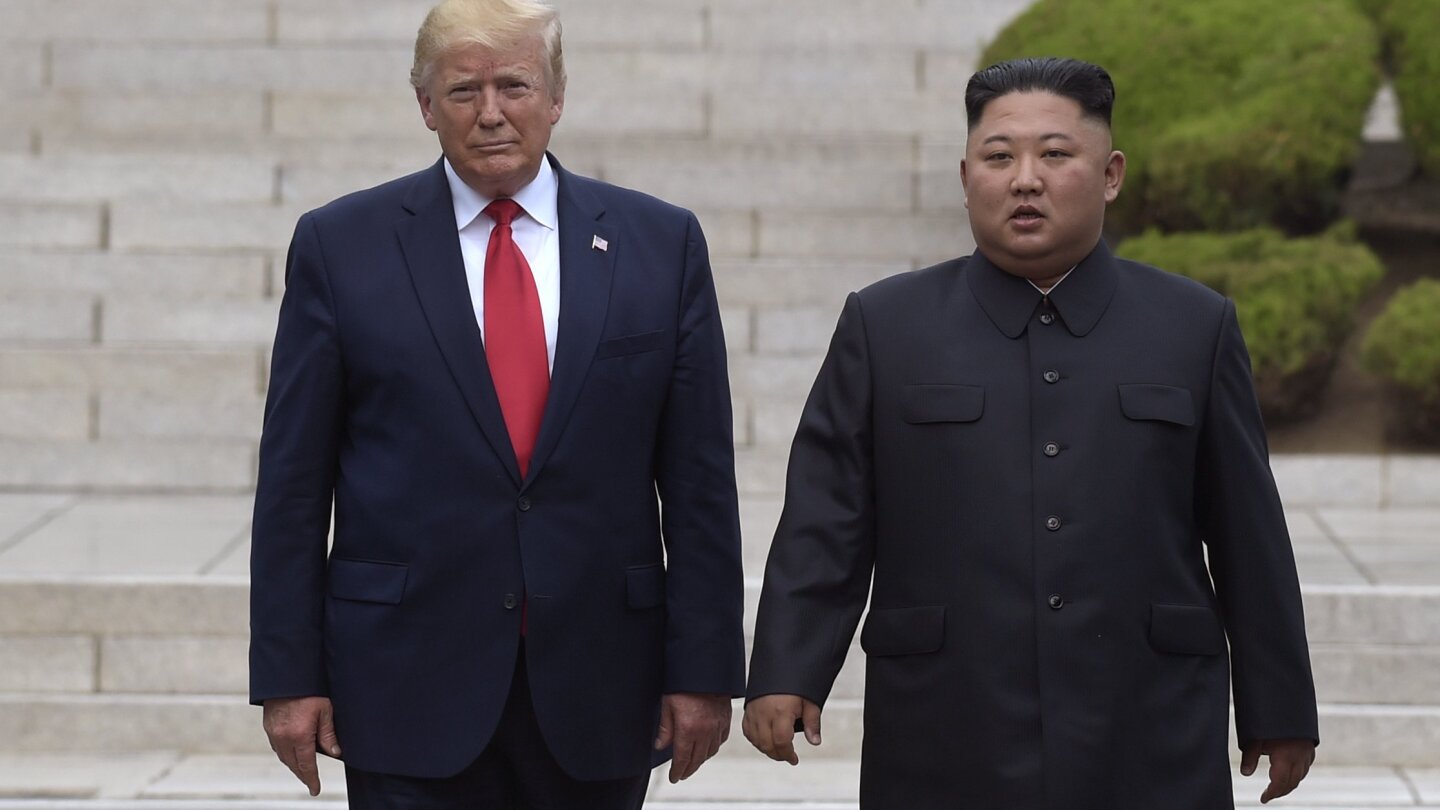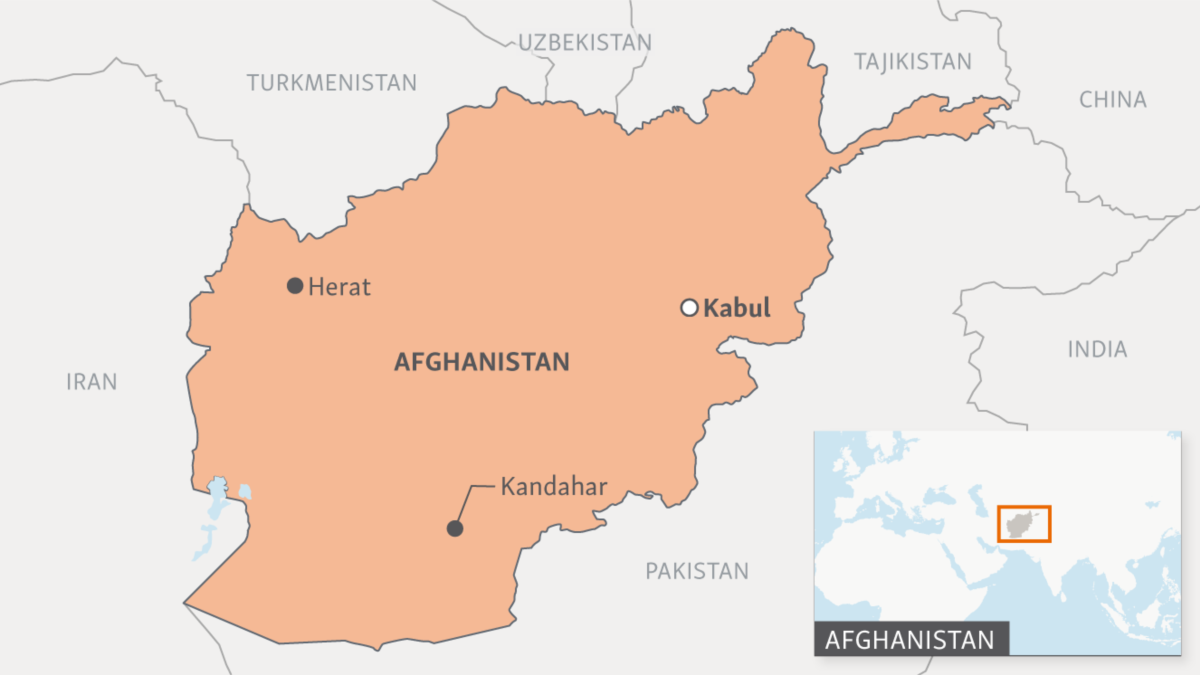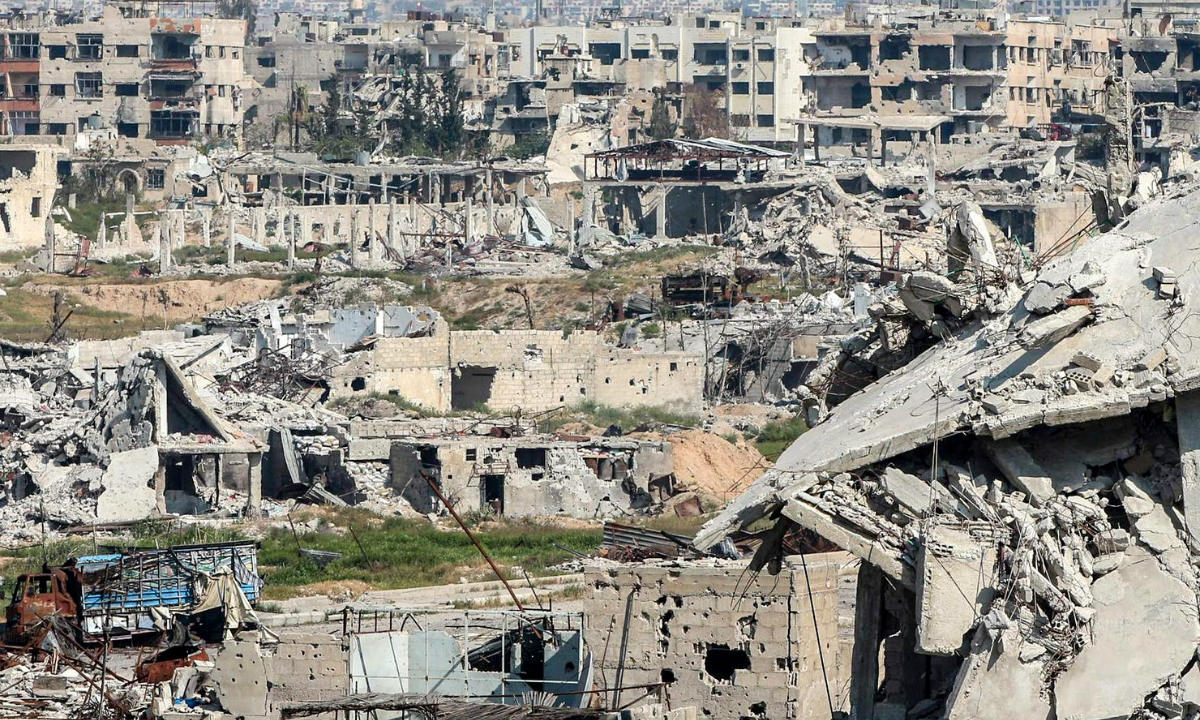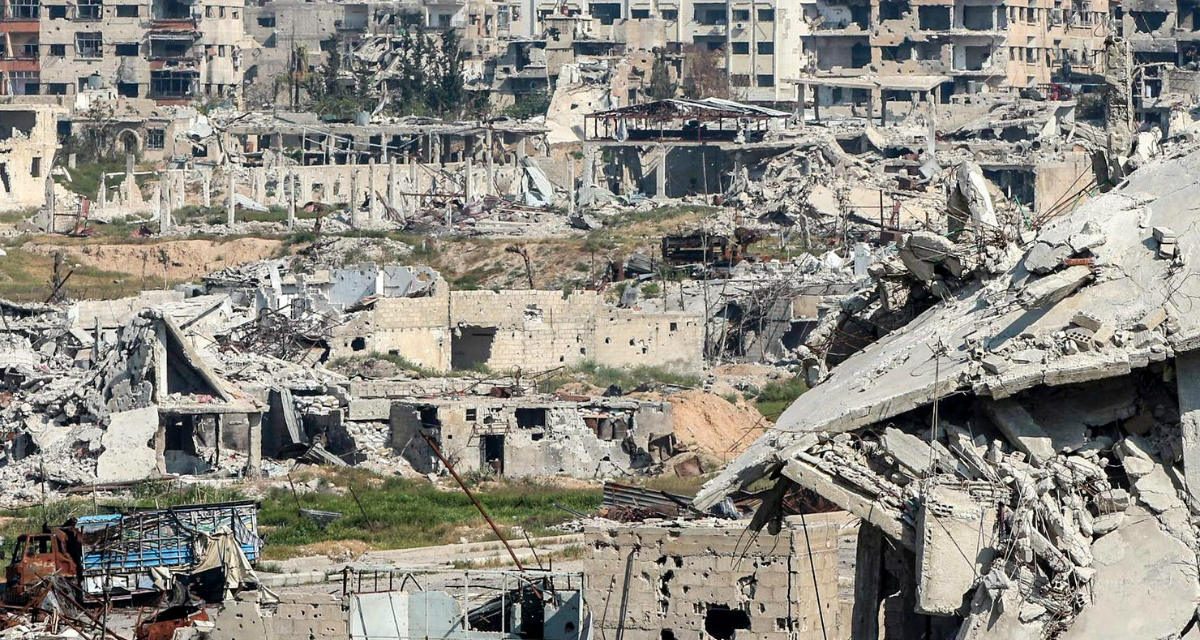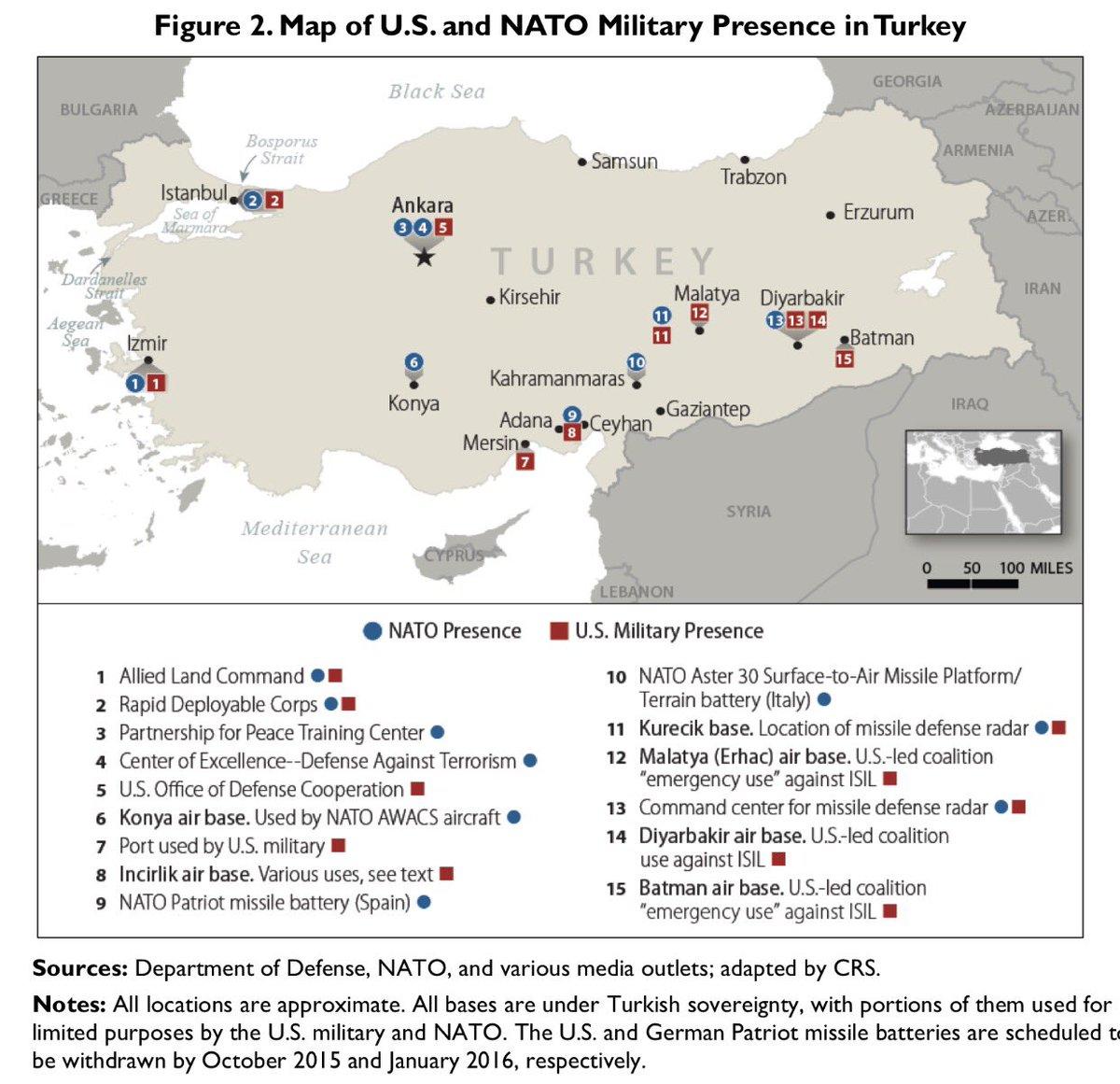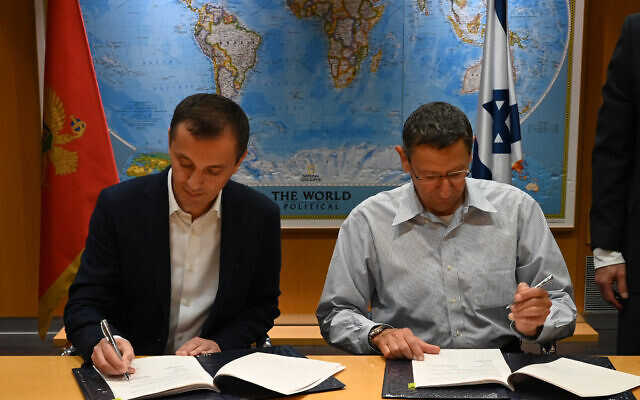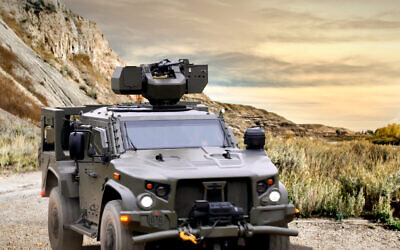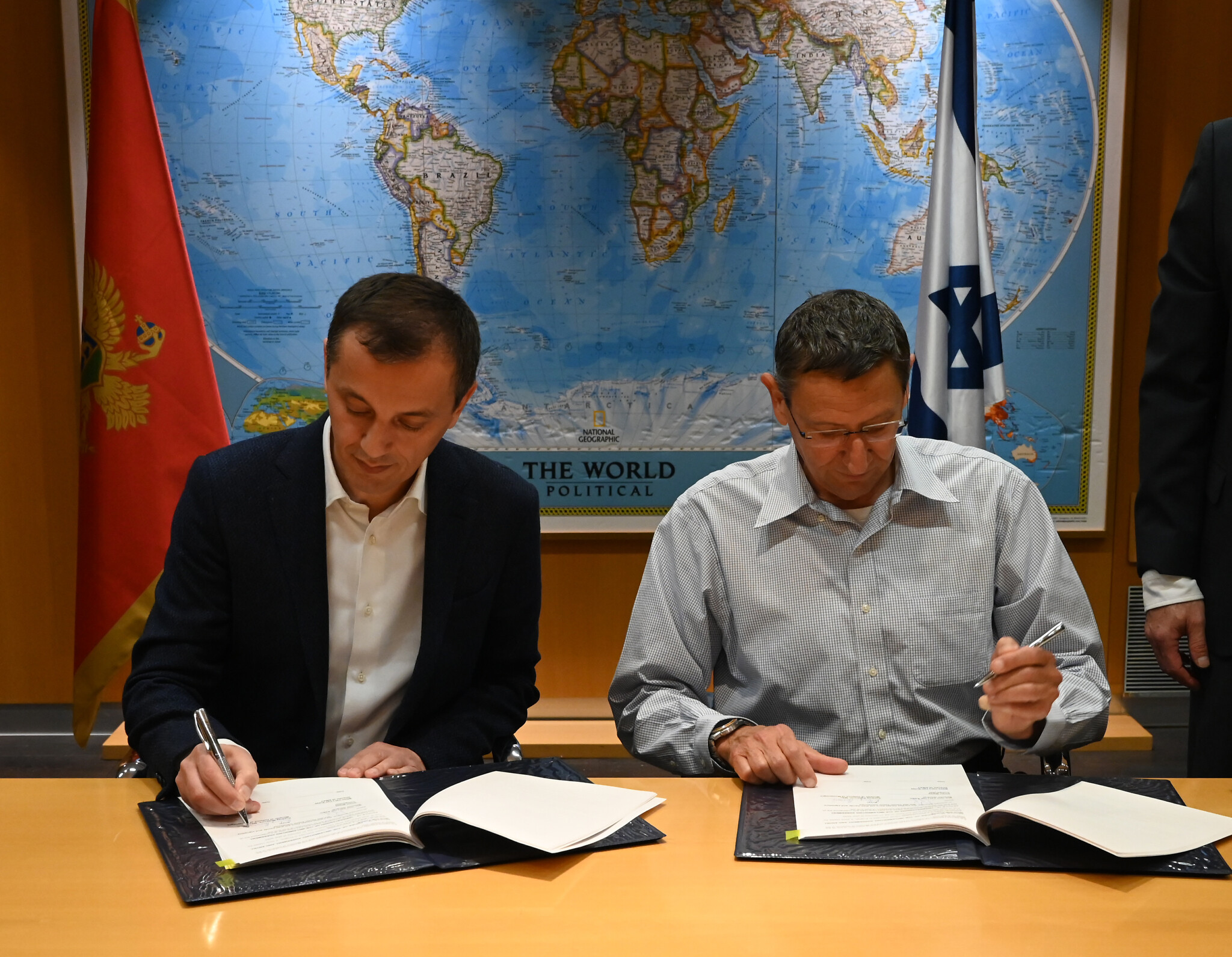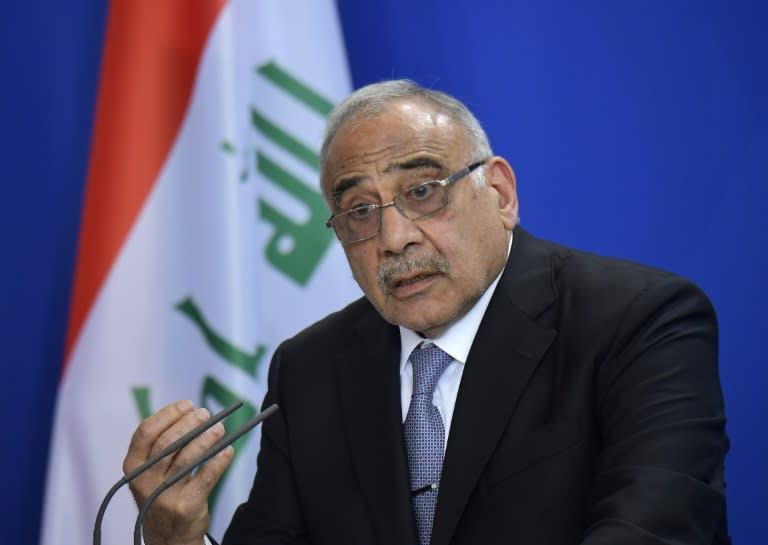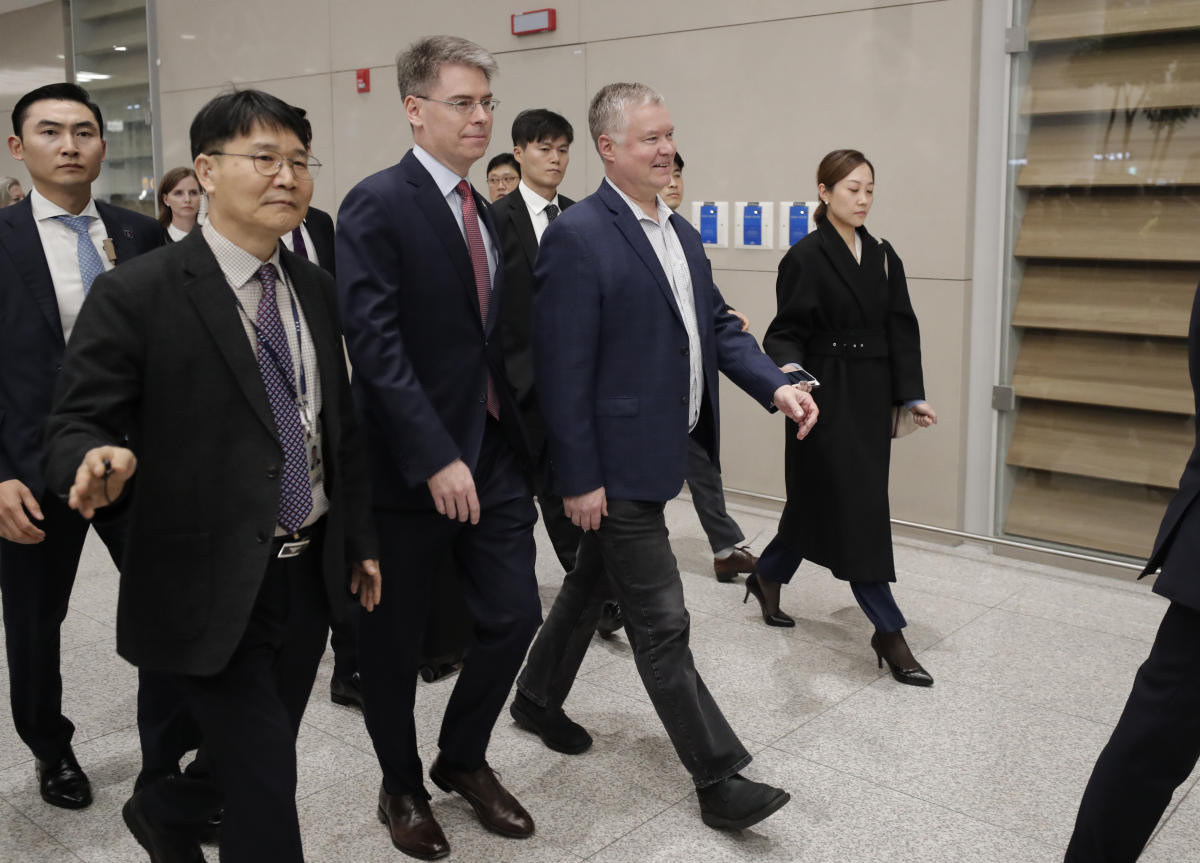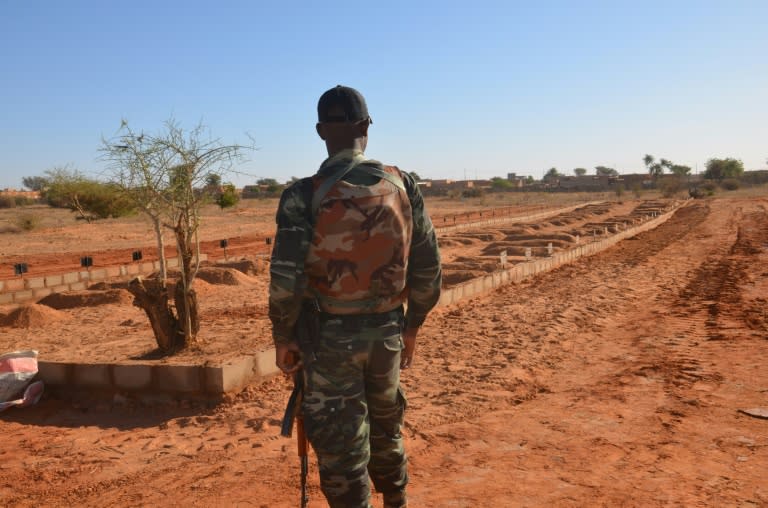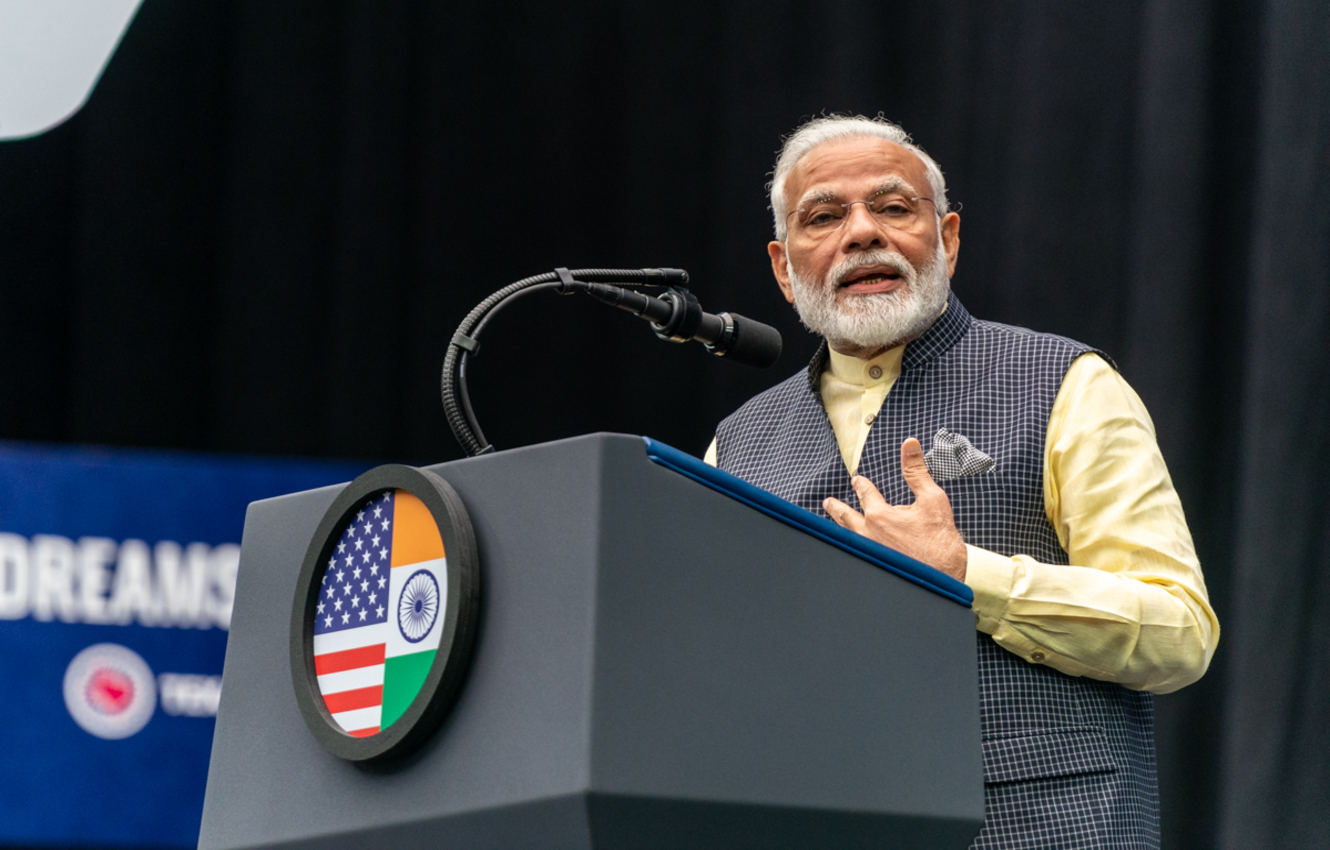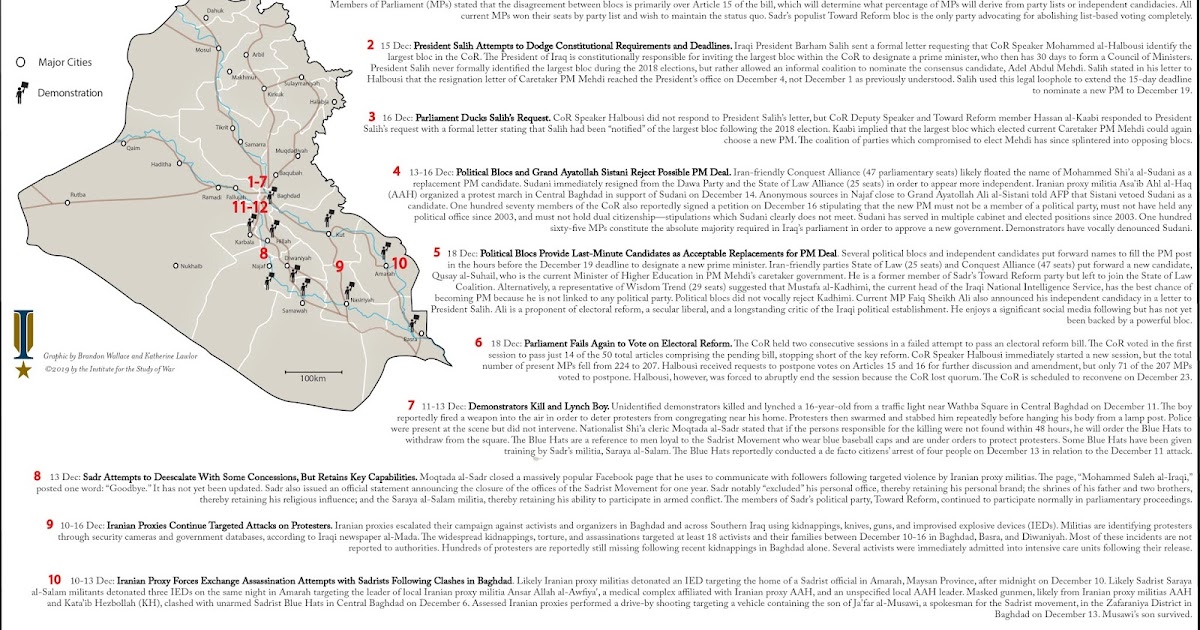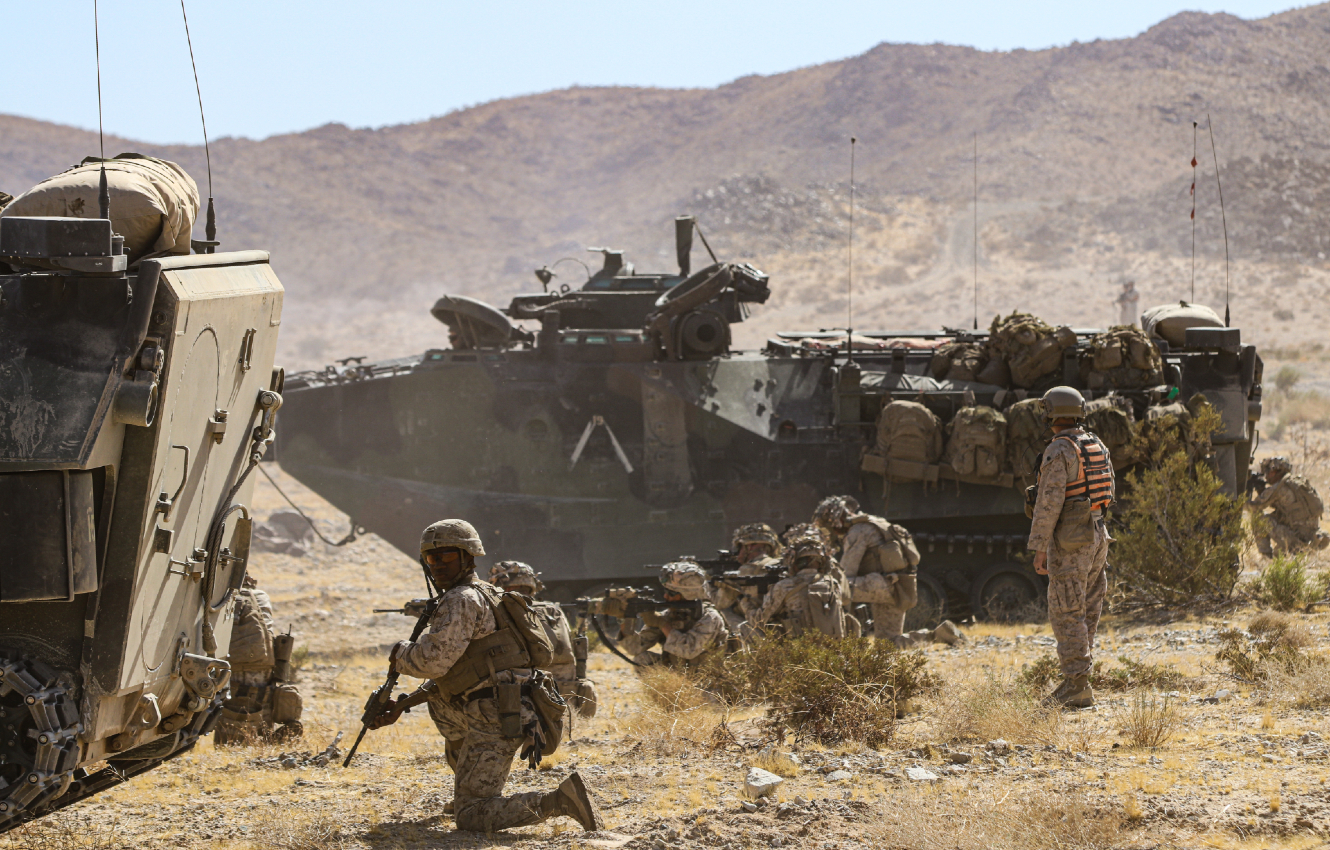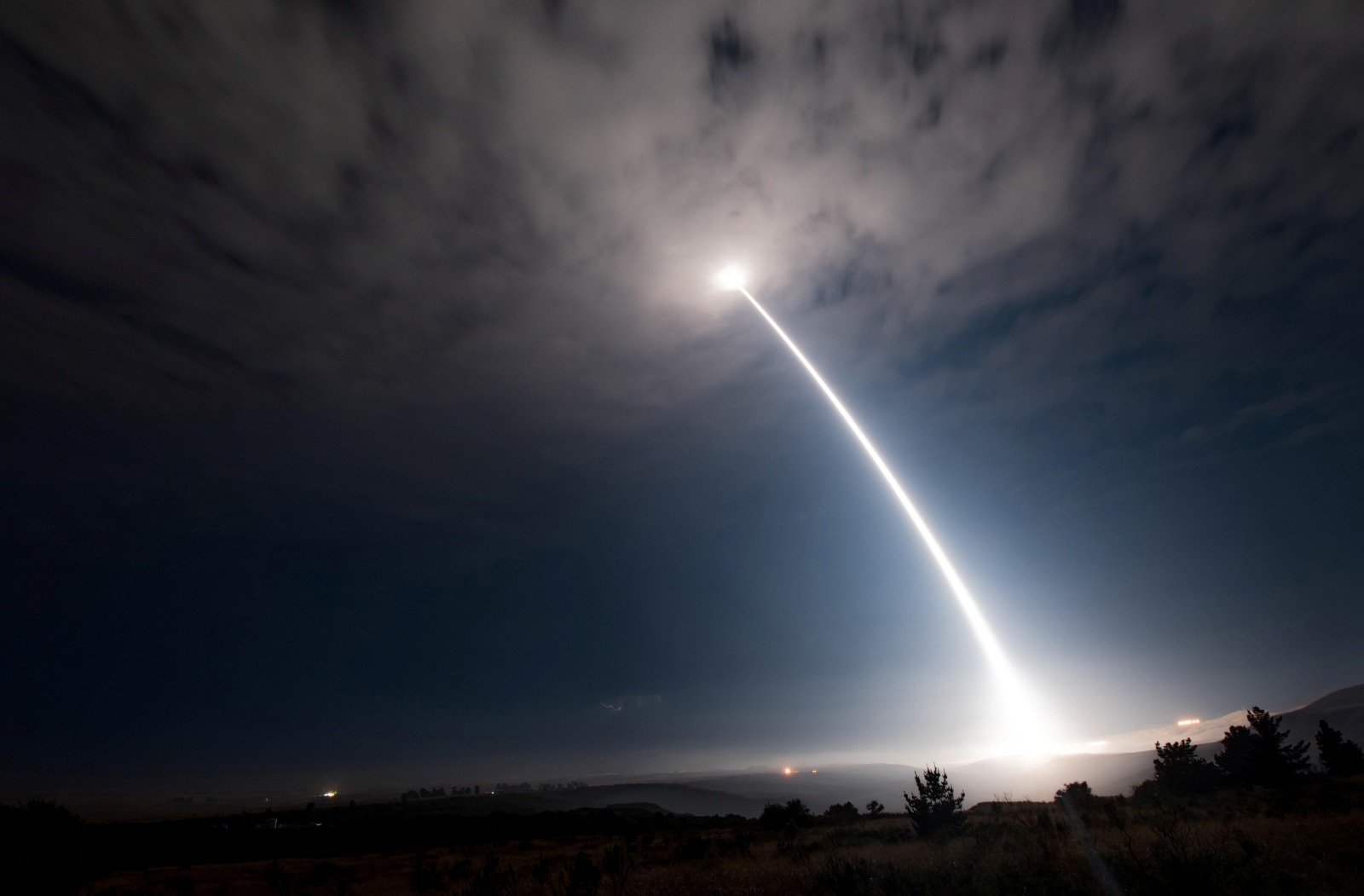(396)11-23-2019-to-11-29-2019___*THE***WINDS****of****WAR
TimeBomb 2000
(397) 11-30-2019-to-12-06-2019___*THE***WINDS****of****WAR
TimeBomb 2000
(398) 12-07-2019-to-12-13-2019___*THE***WINDS****of****WAR
 xf.timebomb2000.com
xf.timebomb2000.com
-------------------
Posted for fair use.....

 www.defenseone.com
www.defenseone.com
Boeing Declines to Bid for ICBM, Leaving Northrop the Sole Contestant

December 13, 2019
Topics
Staff Sgt. J.T. Armstrong
AA Font size + Print
As bidding deadline passes, Air Force must decide whether to accept a sole-source situation.
Boeing declined to submit a bid to build new nuclear-tipped intercontinental ballistic missiles for the U.S. Air Force, leaving Northrop Grumman as the only bidder in the anticipated $85 billion contest.
The move comes nearly five months after Boeing executives complained that the competition was tilted toward Northrop. The executives tried but ultimately failed to persuade the Air Force to change the bidding parameters for the Ground-Based Strategic Deterrent, or GBSD, program.
Related: Northrop Announces Suppliers For New ICBM. Boeing is Not on the List
Related: Consider a National-Team Approach to the Next ICBM
Related: Who Needs ICBMs?
“Boeing is disappointed we were unable to submit a bid to the GBSD solicitation,” Elizabeth Silva, a company spokeswoman, said in a statement on Friday afternoon. “We have been proud and honored to contribute to the ICBM mission for more than 60 years. Boeing continues to support a change in acquisition strategy that would bring the best of industry to this national priority and demonstrate value for the American taxpayer.”
Air Force officials have repeatedly refused to discuss Boeing’s stance, saying they wanted to “preserve the integrity of the competitive process.” On Friday, an Air Force spokeswoman declined to comment, but said the service would issue a statement later this afternoon.
Subscribe
Receive daily email updates:
Subscribe to the Defense One daily.
Be the first to receive updates.
In October, Ellen Lord, the defense undersecretary for acquisition and sustainment, said the GBSD contract would be structured to keep costs under control.
“[W]hat we did on that competition is we put in language so that we have visibility, transparency in cost and pricing,” Lord said during an Oct. 18 briefing at the Pentagon. “So we will be able to determine the value, if you will, of what’s being delivered.”
In recent months, Air Force officials and industry executives seemed to question Boeing’s claims it would not bid, viewing it as a bluff. Boeing and its surrogates have been pushing for the Air Force to step in and create what it has called a “national team” of suppliers for the new ICBM.
Northrop Grumman submitted a bid, Nathan Drevna, a company spokesman, said Friday. Northrop has largely remained silent throughout the solicitation except for announcing its suppliers in September.
Air Force officials have said they need to keep the project on track in order to have replacements ready when today’s Minuteman III ICBMs reach the end of their design life in the 2030s.
Last week at a conference in California, Gen. Timothy Ray, the head of Air Force Global Strike Command who oversees nuclear forces, said the service must “get-[GBSD]-into-the-silo-on-time,” Jim McAleese, who runs the McAleese and Associates consulting firm wrote in a Dec. 9 note to investors.
Any changes to the bidding paraments or changes now after the fact would likely delay the fielding of the ICBMs.
The Air Force hired Boeing and Northrop to start building components for the new ICBMs in 2017. Since then, Northrop acquired Orbital ATK, one of two U.S. suppliers of solid rocket motors needed to power an ICBM. Aerojet Rocketdyne, the other supplier, is also on Northrop’s team. Boeing says it had teamed with Orbital before to Northrop buying the firm.
Federal investigators are currently probing whether Northrop is abiding by an arrangement that requires it to sell rocket motors to competitors.

TimeBomb 2000
(397) 11-30-2019-to-12-06-2019___*THE***WINDS****of****WAR
TimeBomb 2000
(398) 12-07-2019-to-12-13-2019___*THE***WINDS****of****WAR
WAR - 12-07-2019-to-12-13-2019___****THE****WINDS****of****WAR****
(395) 11-16-2019-to-11-22-2019___****THE****WINDS****of****WAR**** http://www.timebomb2000.com/vb/showthread.php?563807-11-16-2019-to-11-22-2019___****THE****WINDS****of****WAR**** (396)11-23-2019-to-11-29-2019___****THE****WINDS****of****WAR****...
-------------------
Posted for fair use.....

Boeing Declines to Bid for ICBM, Leaving Northrop the Sole Contestant
As bidding deadline passes, Air Force must decide whether to accept a sole-source situation.
Boeing Declines to Bid for ICBM, Leaving Northrop the Sole Contestant

-
By Marcus Weisgerber Global Business Editor Read bio

December 13, 2019
Topics
Staff Sgt. J.T. Armstrong
AA Font size + Print
As bidding deadline passes, Air Force must decide whether to accept a sole-source situation.
Boeing declined to submit a bid to build new nuclear-tipped intercontinental ballistic missiles for the U.S. Air Force, leaving Northrop Grumman as the only bidder in the anticipated $85 billion contest.
The move comes nearly five months after Boeing executives complained that the competition was tilted toward Northrop. The executives tried but ultimately failed to persuade the Air Force to change the bidding parameters for the Ground-Based Strategic Deterrent, or GBSD, program.
Related: Northrop Announces Suppliers For New ICBM. Boeing is Not on the List
Related: Consider a National-Team Approach to the Next ICBM
Related: Who Needs ICBMs?
“Boeing is disappointed we were unable to submit a bid to the GBSD solicitation,” Elizabeth Silva, a company spokeswoman, said in a statement on Friday afternoon. “We have been proud and honored to contribute to the ICBM mission for more than 60 years. Boeing continues to support a change in acquisition strategy that would bring the best of industry to this national priority and demonstrate value for the American taxpayer.”
Air Force officials have repeatedly refused to discuss Boeing’s stance, saying they wanted to “preserve the integrity of the competitive process.” On Friday, an Air Force spokeswoman declined to comment, but said the service would issue a statement later this afternoon.
Subscribe
Receive daily email updates:
Subscribe to the Defense One daily.
Be the first to receive updates.
In October, Ellen Lord, the defense undersecretary for acquisition and sustainment, said the GBSD contract would be structured to keep costs under control.
“[W]hat we did on that competition is we put in language so that we have visibility, transparency in cost and pricing,” Lord said during an Oct. 18 briefing at the Pentagon. “So we will be able to determine the value, if you will, of what’s being delivered.”
In recent months, Air Force officials and industry executives seemed to question Boeing’s claims it would not bid, viewing it as a bluff. Boeing and its surrogates have been pushing for the Air Force to step in and create what it has called a “national team” of suppliers for the new ICBM.
Northrop Grumman submitted a bid, Nathan Drevna, a company spokesman, said Friday. Northrop has largely remained silent throughout the solicitation except for announcing its suppliers in September.
Air Force officials have said they need to keep the project on track in order to have replacements ready when today’s Minuteman III ICBMs reach the end of their design life in the 2030s.
Last week at a conference in California, Gen. Timothy Ray, the head of Air Force Global Strike Command who oversees nuclear forces, said the service must “get-[GBSD]-into-the-silo-on-time,” Jim McAleese, who runs the McAleese and Associates consulting firm wrote in a Dec. 9 note to investors.
Any changes to the bidding paraments or changes now after the fact would likely delay the fielding of the ICBMs.
The Air Force hired Boeing and Northrop to start building components for the new ICBMs in 2017. Since then, Northrop acquired Orbital ATK, one of two U.S. suppliers of solid rocket motors needed to power an ICBM. Aerojet Rocketdyne, the other supplier, is also on Northrop’s team. Boeing says it had teamed with Orbital before to Northrop buying the firm.
Federal investigators are currently probing whether Northrop is abiding by an arrangement that requires it to sell rocket motors to competitors.

- Marcus Weisgerber is the global business editor for Defense One, where he writes about the intersection of business and national security. He has been covering defense and national security issues for more than a decade, previously as Pentagon correspondent for Defense News and chief editor of ... Full bio


